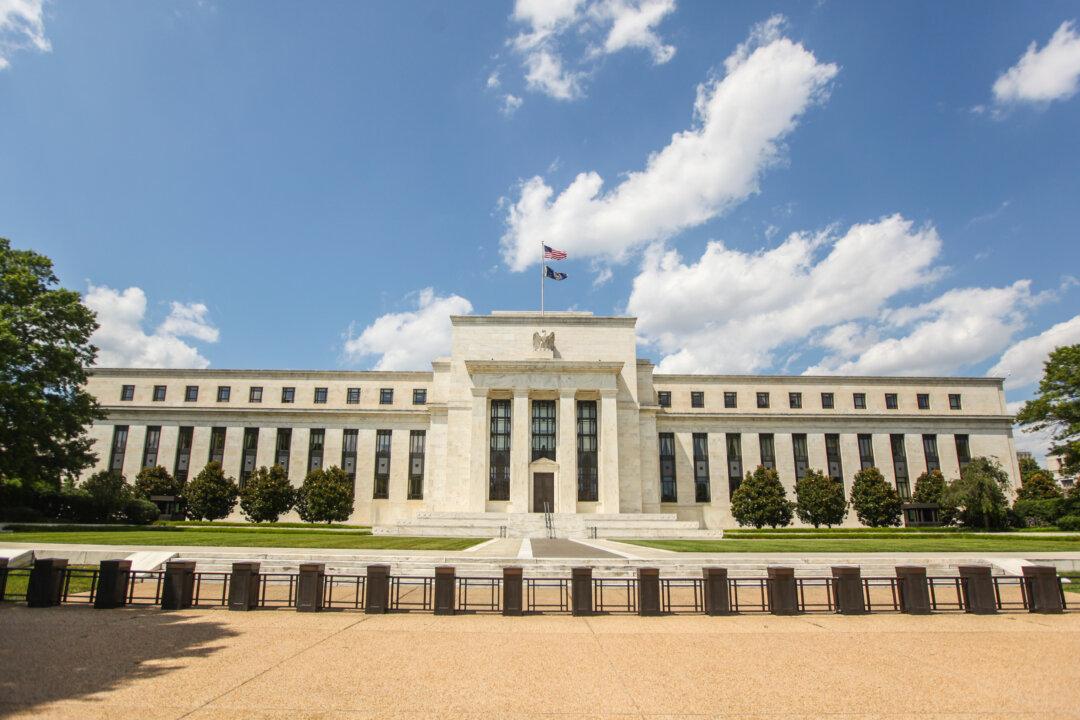Last Friday China tried to pour some cold water over its stock market bubble. After a 5 percent crash in after-hours future trading the Chinese regime reversed course and shifted its gears to stimulate again.
If people think central banks have too much power in the West, let’s recap what elements the Chinese have to control trying to micromanage their economy:
- A deflating housing bubble
- An inflating stock bubble
- Slow GDP growth
- Defaulting property developers
- Local government debt issues
So after stock futures crashed on Friday and property developer Kaisa got in trouble over the weekend, the regime thought enough is enough and wielded its most powerful weapon to stimulate the economy, the RRR.
Unfortunately, it doesn’t get any better at spelling things out, as RRR stand for reserve requirement ratio. In simple terms, it is the money banks have to hold as cash reserves in their vaults or at the central bank. The higher the ratio, the less money banks can dish out in the form of loans to businesses (and pretty much everybody else).





